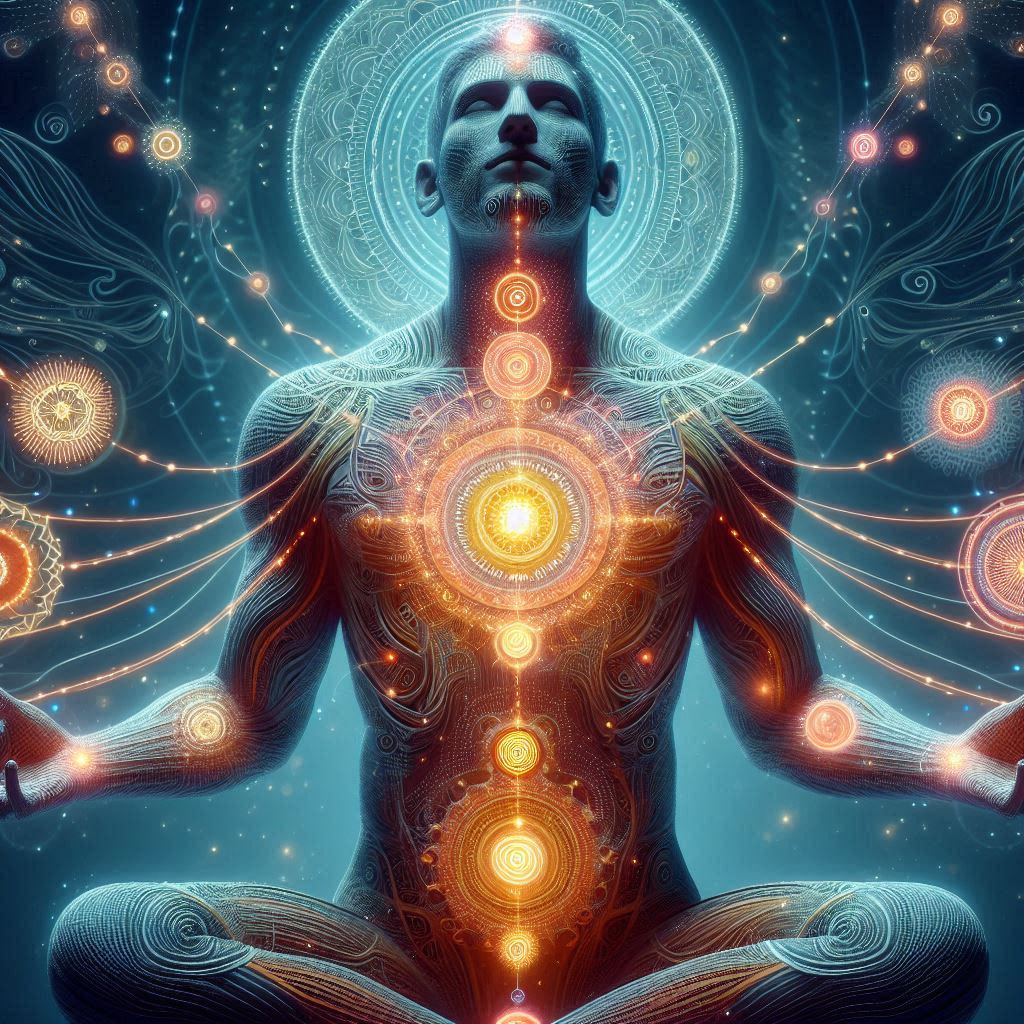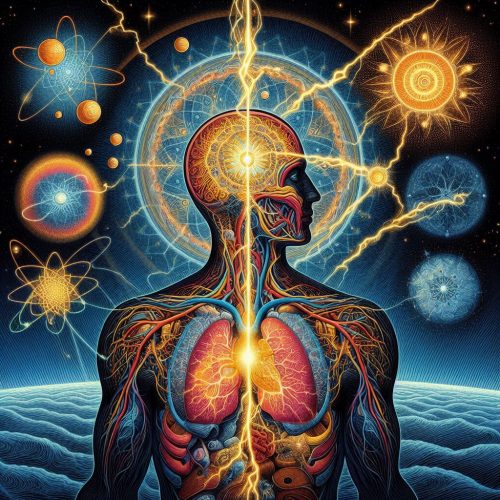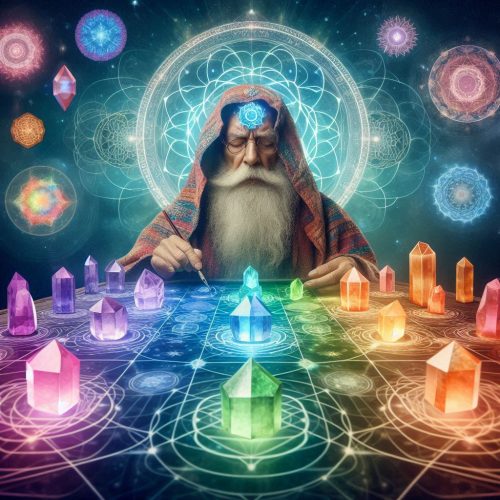The fundamental forces—sattva, rajas, and tamas—predominantly influence your thoughts, actions, and overall demeanor. These gunas play a crucial role in determining your energetic personality. Here’s a deeper look at each guna, based on which your dominant energy type can be detected:
Sattva (Purity and Harmony)
Characteristics: Balance, clarity, wisdom, peace, and compassion.
Effects: When sattva is dominant, you are likely to exhibit a calm, clear-minded, and harmonious demeanor. You may find joy in helping others, have a strong sense of purpose, and pursue personal growth.
Benefits: Enhanced mental clarity, emotional health, and a sense of inner peace. Sattva leads to a life of balance and fulfillment
Rajas (Activity and Passion)
Characteristics: Energy, action, desire, and change.
Effects: A dominant rajas guna means you are driven by ambition, creativity, and a desire for achievement. You may be dynamic, enthusiastic, and constantly seeking new experiences and challenges.
Benefits: Increased motivation, productivity, and the ability to bring about change. Rajas can lead to success and innovation but may also result in restlessness if not balanced with sattva.
Tamas (Inertia and Stability)
Characteristics: Darkness, ignorance, lethargy, and resistance to change.
Effects: If tamas is your dominant energy type, you may experience periods of inactivity, confusion, and a tendency to hold on to the past. While tamas can provide stability, it can also lead to stagnation and a lack of motivation.
Benefits: Offers grounding, which can be beneficial in times of stress. However, an excess of tamas may require balancing with more sattvic and rajasic activities to overcome inertia and promote growth.






